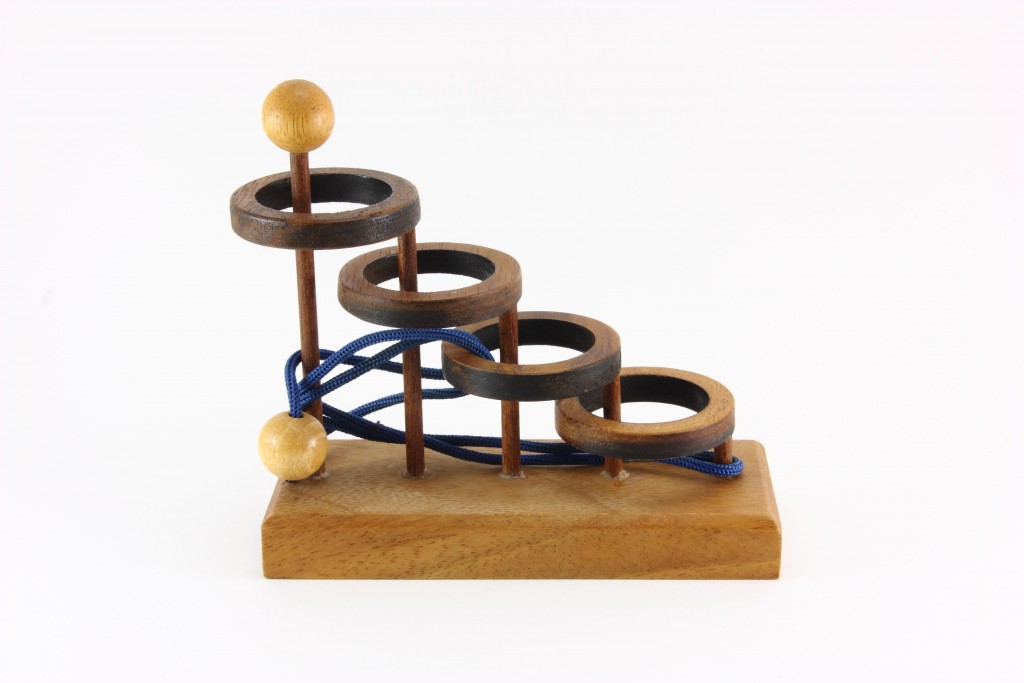 What makes a successful relationship management program? What are the traits that great managers overseeing the process must have?
What makes a successful relationship management program? What are the traits that great managers overseeing the process must have?
You may remember that two weeks ago, I interviewed Janna Holm, Director of Relationship Management at Johns Hopkins University to get her insight on these questions. We learned from her that it’s an alchemy of art and science that helps build a great RM system.
This week, I consulted Lisa Howley, Assistant Vice President of Advancement Services, Health Sciences at the University of Southern California. Lisa is a recognized leader in our field on relationship management. She has mentored most RM professionals either in person or via her presentations, and probably has her hidden signature on many RM systems across the country.
When I asked Lisa what four qualities are typically found in a relationship management maestro, here’s what she had to say:
First, they have to be great at relationship building…
…including building partners and advocates within the development unit and external within the org. I train my staff on building relationships with intention – just as great fundraisers build great relationships by identifying the aims & outcomes for the relationship, I am asking staff to do the same.
They have to be consistent with follow-up and next steps. It is about being visible, and building trust and credibility, and to deliver consistently on whatever is being promised. They have to be great at building networks within the fundraising industry and regularly benchmark relationship management theory and practice.
I have found relationship building critical for relationship management services, such as portfolio management/optimization and pipeline development/optimization, etc. This is where good relationships are key to successful utilization and adoption.”
Next, great relationship management pros must look outside fundraising to other industries for inspiration and ideas. Lisa says:
I regularly follow several blogs and other resources in the sales industry, which has inspired so much of what I have brought to leadership for new ideas in portfolio and gift officer performance management. I also look outside of fundraising to various analytical resources, which I can bring back to apply within my work in fundraising.”
That’s great advice no matter what field you work in. My blog roll includes marketing specialists, customer service fanatics, business research and competitive intelligence professionals…even a private investigator or two! You just never know where you’re going to find great (appropriate) resources and ideas!
Lisa says that the third key element is that the person in charge of relationship management must be empowered as a decision-maker. She says,
You have to orchestrate so many people and needs in relationship management to build a system for the people by the people, and therefore you have to be the leader in drafting policy, process, procedures, etc. (and be seen as a leader by others). Therefore, serving in a senior leadership role – as a senior staff member – gives the system and the person the credibility they need to have true impact. Of course, along with the position must also go the human and systems resources needed to get the job done right.”
The fourth key trait of a great director of relationship management is someone who is a calculated risk-taker. They are well-versed in best practices, RM theory and application, as well as understanding their own organization’s needs, fundraising goals, and organizational goals, and they use this comfort zone as a springboard to new ideas. Lisa says:
Risk taking is so important to shedding ‘what always has been done’ when it no longer works, and allows for innovation and growth. Of course, risk taking must be supported by allowing people to fail sometimes.”
It’s no secret that meaningful relationships – ones that are meaningful for both the donor and the recipient organization – are absolutely critical to long-term fundraising success. So the infrastructure that we build to nurture those relationships is just as critical.
What does your relationship management system look like? What are the key pieces that you find important, and do they track with those shared by Janna and Lisa?
